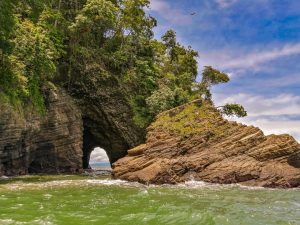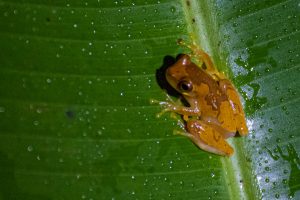I share how the whole family can enjoy spotting the beautiful birds in Costa Rica and which equipment you could bring if you want to take your bird photography to the next level.
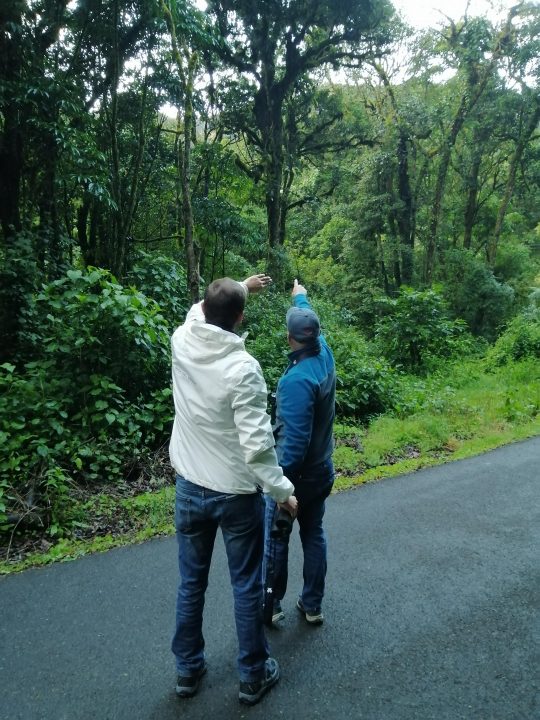
What is birdwatching?
Birdwatching, or birding, is a form of observation of birds as a recreational activity or citizen science.
It can be done with the naked eye, through a visual enhancement device like binoculars and telescopes, by listening for bird sounds, or by watching public webcams.
Birdwatching often involves a significant auditory component, as many bird species are more easily detected and identified by ear than by eye.
Most birdwatchers pursue this activity for recreational or social reasons, unlike ornithologists, who engage in the study of birds using formal scientific methods. (Source: Wikipedia)

Why is birdwatching a big thing in Costa Rica?
Although Costa Rica is a small country, it is in the bird-rich neotropical region and has a huge number of species in its area.
The official bird list published by the Costa Rican Rare Birds and Records Committee of the Asociación Ornitológica de Costa Rica (AOCR) contained 922 species as of August 2019.
Twenty-seven species, including five of the seven endemics, are globally vulnerable or endangered.
Over an area of 51,100 km2, this is the greatest density of bird species of any continental American country.
About 600 species are residents, with most of the other regular visitors being winter migrants from North America. (Source: Wikipedia)
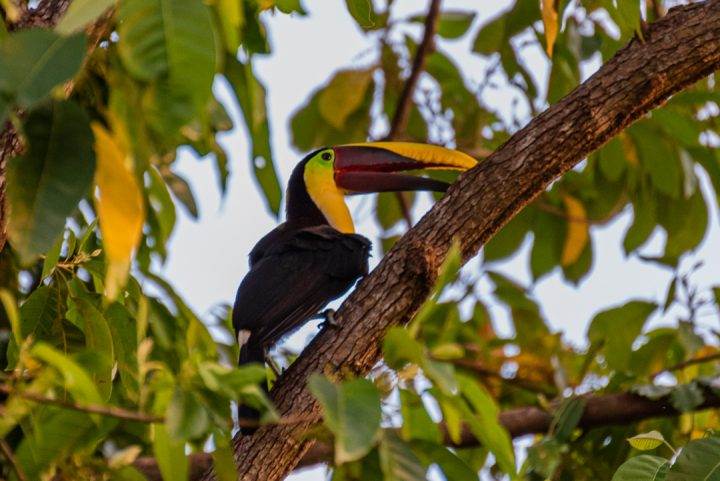
What are the main birds people want to spot in Costa Rica?
Of course, that depends, but if you are a beginner birdwatcher some beautiful birds to search for are:
– Tucans
– Quetzals
– Hummingbirds (Costa Rica has around 50 different species of hummingbirds)
– Macaws
-Tanagers
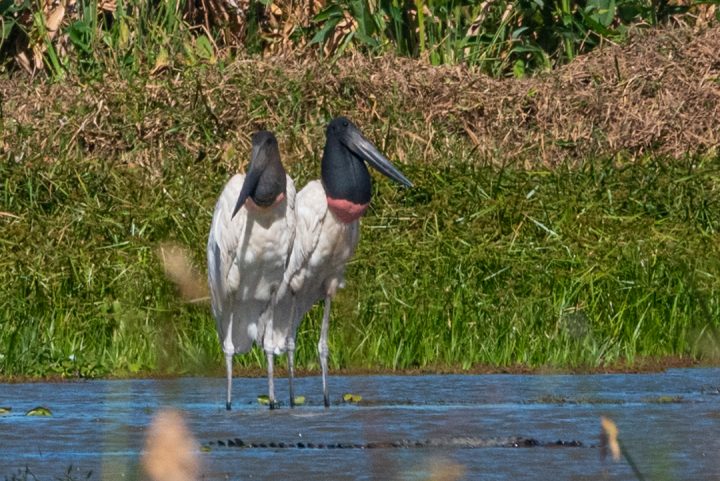
Most difficult bird to see and photograph
One bird that many ‘pro’ birdwatchers would like to spot is the Jabiru.
We went to a very specific area close to the Parque Nacional Palo Verde and managed to take photos of this amazing bird.
This is the largest bird in Costa Rica and also very rare to see it. Most commonly can be seen during nesting in Caño Negro in the northern plains and Palo Verde and surrounding areas close to lagoons and slow rivers.
The reason why it is so hard to see it’s because it usually stays away from humans or large predators, when feel threatened, flies away.
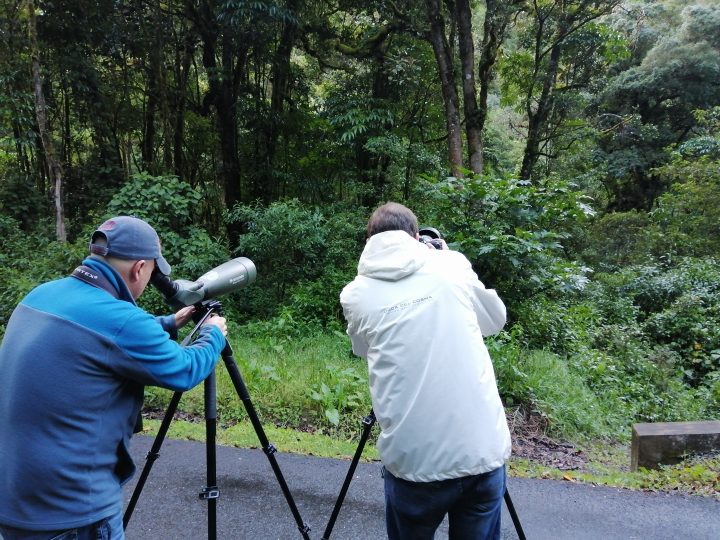
Which equipment should I bring?
Birdwatching tour guides will bring their telescope on the tour so that you can see these beautiful birds.
We do recommend bring your own set of binoculars, so you can really participate in the spotting yourself.
We have Vortex binoculars, those come in different price ranges and are good quality.
When traveling with kids it’s also fun when the kids bring their own, so that they can help spot birds and other animals as well.

I love photography, which lens should I bring to take bird photos?
A 70-300mm lens should work fine for birds that are closer. I use the Tamron 70-300mm F4.5-5.6, I love this lens because of its stabilizer that holds pretty good on focus.
I mostly shoot my bird photo’s with a Sigma 150-600mm lens, I rarely use the les extender that comes wit it since it takes longer to focus.
You can find some example photos in this blog and in the gallery.
If you would like to learn more, feel free to contact us and I am happy to help you prepare for your birdwatching and photography trip.

Should I hire a local guide when visiting a National Park for birdwatching?
We do recommend hiring a local tour guide when you are going birdwatching.
If you really want to learn a lot more about the birds, or if you are looking for a very specific bird, you can also hire guides who are ornithologists.
A guide will be able to tell you all about the area, local animals and most importantly, can help you spot them.
They also know what the birds love to eat, recognize those trees and fruits which increases your chances.
However, as I always say, Costa Rica is not a zoo, so you will need a lot of patience and luck when you go birdwatching.
Apps and books I recommended for birdwatching in Costa Rica
The following apps are great for birdwatching, it shows birds you can expect in the area you are visiting.
The BIRDnet app identifies the most possible birds by sounds. Funny tip: Try to mimic the bird sound by whistling and see what the apps says. https://birdnet.cornell.edu/ . Also it is very important that you download first the birds pack for Costa Rica or any area/country you will visit in order to be able to use it.
If you would like to purchase a book that will show you all birds and their areas and more information I recommend the book ‘The Birds for Costa Rica, a field guide‘ by Richard Garrigues and Robert Dean, and ‘Guide to the Birds of Costa Rica’ by Alexander Skutch.
Other books I recommend that include a variety of the different animals in Costa Rica are: ‘The Ecotravellers’ WIldlife Guide – Costa Rica’ by Les Beletsky and ‘The Wildlife of Costa Rica’ by Fiona A. Reid, Twan Leenders, Jim Zook, and Robert Dean.

Extra tips
Birds don’t like the heat, so many species are not very active on the hottest moments of the days.
The best time to go birdwatching is early in the morning.
Costa Rica is located about 10 degrees north of the equator and has about 12 hours of sunshine and 12 hours of night each day.
The sunrise is around 5:30 am, which makes 6 am a perfect time to go birdwatching.
If you have a specific bird that you would love to see, make sure to let us know when asking for your travel proposal and we will make sure to include the correct areas in your travel planning.


